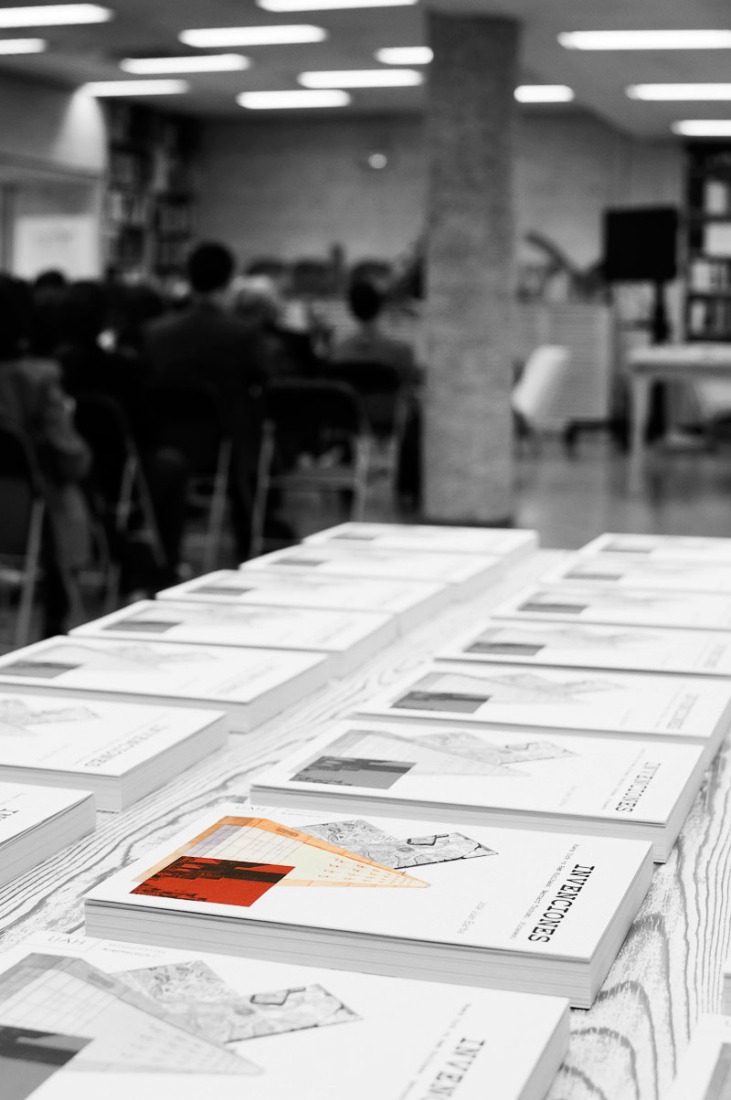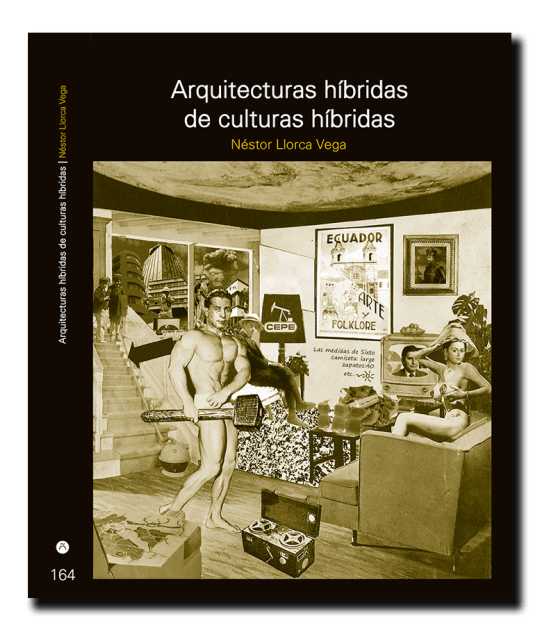'Inventions: New York vs. Rem Koolhaas, Bernard Tschumi, Piranesi' presentation was attended by several media and personalities from the field of architecture, as historian Francisco Javier Gomez Espelosín, architect Pilar Chias, and especial guest architect Luis Fernández Galiano, who also introduces the book with his prefaced 'Black Brains'.
"Architecture is technique and art responding to society's requirements, its occupants, its customers, its promoters. Architecture is not only an art that responds to the expressive capacity of an individual, it is done for others to live it, to use it and for a considerably lesser extent only to be observed."
José Juan Barba.
Q. Why is such a review necessary?
A. "Crisis" processes are always inflection points, moments in which guidelines and criteria that will be used after the [re-evaluation] of the situation are established. Knowing how it was done during the 70s, in a very similar moment of crisis and paradigm change, understanding how the time prior to that period was reinterpreted after and how it has influenced the thought ever since, allows us to take oxygen and places us at the right point to think about what has been done and propose an environment or means of future realization.
Q. Why did you choose these authors?
A. They have several points in common, the three migrated from their hometowns to where, in their respective times, the center of architectural activity was, in the 18th century Rome and during the 20th century New York. Furthermore, the bicentenary of Jean Battista Piranesi's death (1978) coincides with the publication of Rem Koolhaas' and Bernard Tschumi's work. And finally because all three use the graphic language (evading the drawings that are previous plans to any construction work) to propose a consideration on how to think about architecture. For the three of them drawing it is used as a metalanguage used as critic and reflection on the society around them, and in addition it is a completely different, transgressive and avant-garde way of talking about space, time and movement in architecture.
Q. What new insights have you found?
A. Points of view with crossed visions, not spotless or linear, complex perspectives that speak more of the individuals who use the architecture, rather than of the architecture itself as an object. Instead of finding architectural spaces I found places of architecture.
Q. When designing these new elements on the existing contemporary architecture, what do they tell us?
A. They reveal their own contemporaneity, the need to increasingly include perception, vision, use and accommodation of individuals, of society, when creating architectures, so the architecture can be much more than sculptures under the sun and in this way recover its character, more receiver rather than exclusive.
Q. What provide these new perspectives for the architecture to be made now?
A. Views more attentive to reality and less limited, more diverse and complex, full of multilayers of actions that demonstrate the complexity and diversity of its occupants, not closed common patterns that can compose and characterize to allow users to find their own identity
Q. You talk about the places of architecture against architecture’s volumes. How should we understand this opposition?
A. In the sense of American geographer Yi Fu Tuan. In the sense in which the three protagonists of the book have expressed themselves. None of them reflected realities. Piranesi, Koolhaas and Tschumi talk about how spaces depend on the actions taken by individuals in them. Architecture is a space created, its ability to remain in time, its versatility, its brilliance or not and its accommodation depend on the capacity it has to respond to all occupants, current, future, or simply invited observers.
Q. You say that the new vision of architecture must include viewers and users. Why that need?
A. Architecture is technique and art responding to society demands, its occupants, its customers, its promoters. Architecture is not only an art that responds to the expressive capacity of an individual, it is done for others to live it, to use it and for a considerably lesser extent only to be observed.
Q. Is this a book just for architects?
A. It is a work for everyone who wants to question the linearity of the pristine paths, and often exclusive, a work for all those who think that there are not unique readings of reality.
Q. The work presents unpublished documents coming from the MoMA and the National Library of Spain. What will surprise most the readers?
A. I think both and i would also include some from the Reina Sofia Museum's library.
Q. Is there a before and an after in the approach of architecture in our country after the recent years of economic crisis? What changes have appeared?
A. That is an answer that needs more distance and perspective. I am sure that is already happening, but the importance, the influence, strength and significance of these proposals need distance from the current reality.


























